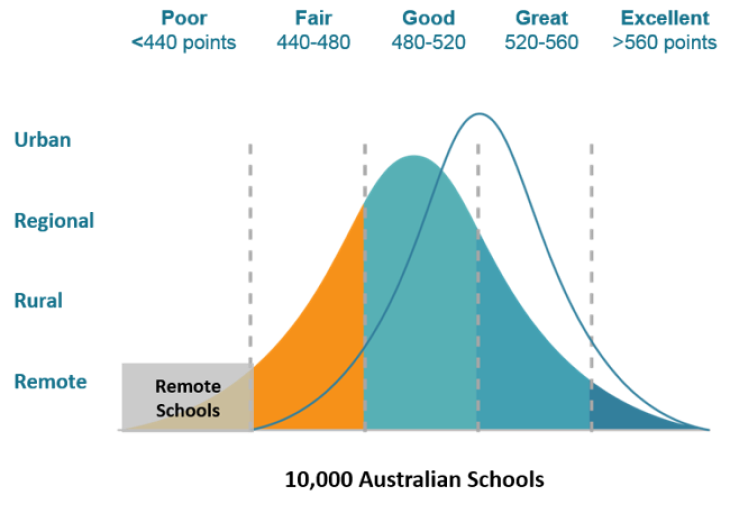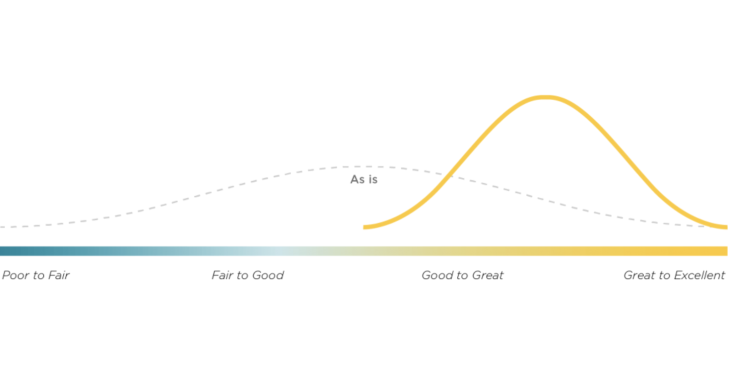We focus on three critical areas of achieving Great Teachers and
delivering Effective Teaching to Every Child.
delivering Effective Teaching to Every Child.
Our vision for all Australian children is that they attend schools that develop their full academic, cultural, creative, sporting and civic potential to enhance their education and life opportunities.
Our mission is to support schools to develop great teachers, delivering effective teaching to every child. We support schools on their improvement journey to lift education outcomes for all Australian students.
Future Jobs


Australian Schools
The Learning Bell Curve

Starting School Improvement
Improving Australian Schools




